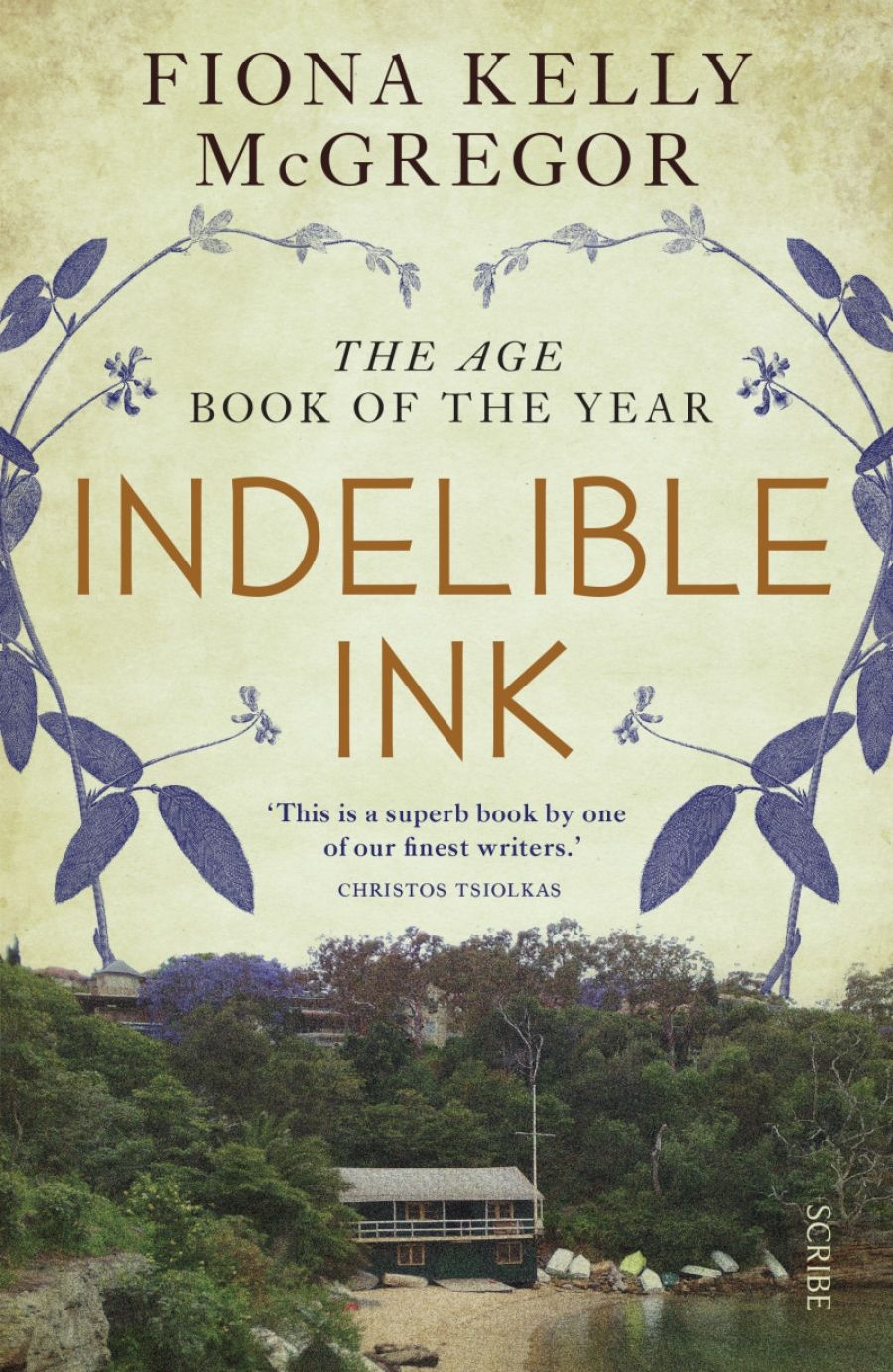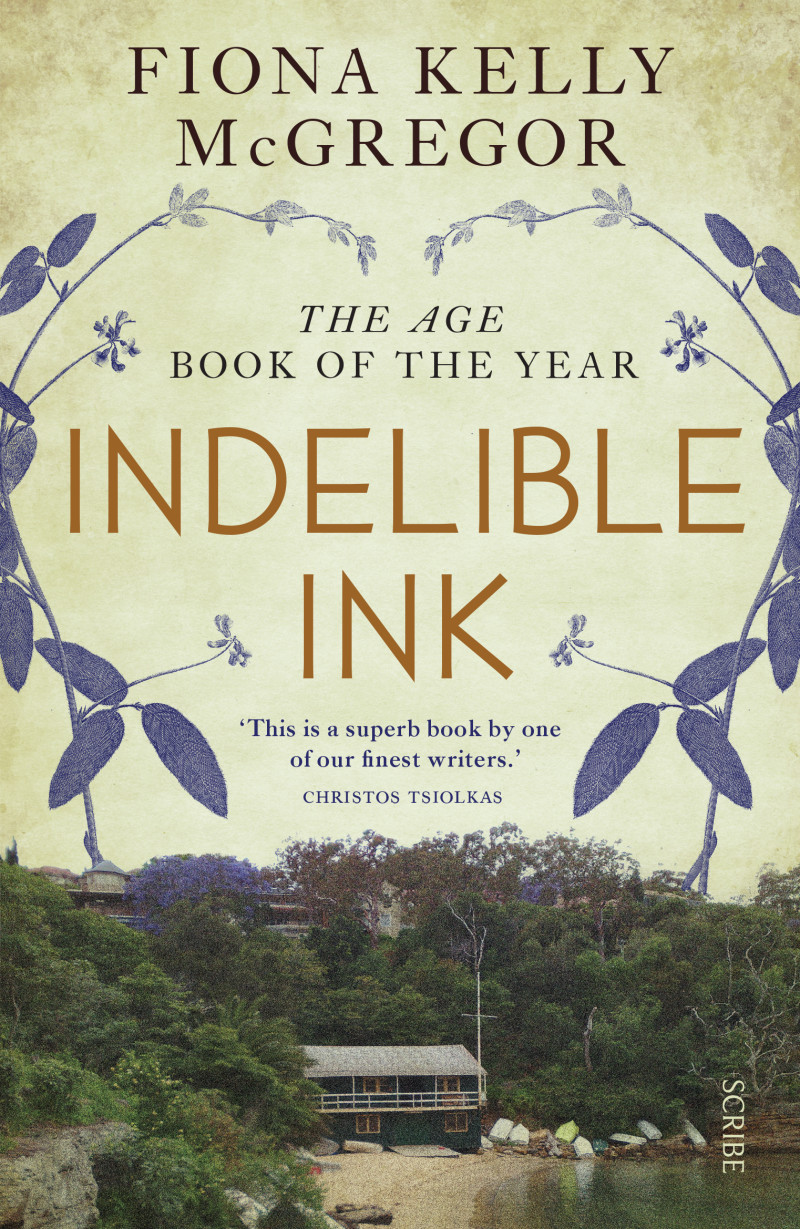
- Free Article: No
- Contents Category: Fiction
- Review Article: Yes
- Article Title: Tattooed lady
- Online Only: No
- Custom Highlight Text:
In the May issue of ABR, a new Australian novel was praised as being ‘a respite from the anodyne family dramas that seem to plague contemporary commercial publishing’. Of course, there are plenty of uninspiring domestic novels on bookshop shelves – just as there are uninspiring examples of every kind of novel – but when done well, contemporary family drama can be the opposite of anodyne, stimulating readers to analyse and debate the world. The best domestic novels use characters in a specific family or social setting to reflect and explore the values and issues of a particular time and place. Indelible Ink, which follows the intersecting lives of one Sydney family during the last days of the Howard era, is such a book – and looks set to be the most talked-about Australian novel since The Slap.
- Book 1 Title: Indelible Ink
- Book 1 Biblio: Scribe, $32.95 pb, 454 pp
- Book 1 Cover Small (400 x 600):

In fact, the two novels can be read as unintentional companion pieces, part of the same conversation about family life in Howard’s Australia, with Tsiolkas tackling Melbourne; McGregor, Sydney. Both authors were reluctantly branded as ‘grunge’ or ‘dirty realist’ writers early in their careers, though neither was being deliberately sensationalistic with his or her exploration of sex, drugs, and gay and lesbian culture. In Tsiolkas’s Loaded (1998) and McGregor’s Suck My Toes (1994) and Chemical Palace (2002), the authors were simply exploring the worlds they moved in. Indelible Ink approaches Australian life in the upper-class suburbs from both an insider’s and an outsider’s perspective, entrenched in the character of Marie King.
Marie is fifty-nine years old, recently divorced and about to sell her harbourside home in Mosman: she’s steeped in debt, newly restricted to an ungenerous alimony income, and has never worked outside the home. Unexpectedly, she stumbles on a ‘new self’ when she impulsively gets a tattoo. Guided by her tattoo artist, Rhys, she is slowly drawn into a new social universe and becomes hooked on the transformation of her ageing body.
Marie’s three adult children are deeply confronted by the changes in their previously ‘normal mother’, as are her North Shore friends and neighbours. Her tattoos literally mark her as different in the affluent world she has inhabited unquestioningly for the past thirty years – as does the reduction in her income, giving her a wary new perspective on her milieu.
Marie has lived a cloistered life of excess, pushing her resources and her body to their limits. Both are showing the strain: as her cheques bounce, and her opera subscription and health insurance lapse, she suffers increasingly intense indigestion and stomach pains (‘little teeth in her belly’), even as she dramatically reduces her drinking. At the same time, Australia’s formerly buoyant stock market and property markets are falling, even in the seemingly invulnerable enclave of Mosman. Petrol prices are rising. The drought shrivels gardens and fuels bushfires. The new generation of neighbours live in houses ‘built to the boundary with surveillance cameras and intercoms’, completely disconnected from the beautiful surrounds for which they have paid so much.
This disconnectedness, intrinsic to the novel, explores the increasing segregation of Australian society, which is only reinforced by escalating real estate prices and user-pay road systems. Rhys says, ‘We’re one of the richest nations on earth and still all pretending to be Aussie battlers.’ This national affliction is played out to an extreme in the spectacle of the King family’s financial woes, which range from advertising creative director Blanche’s sadness at not being able to afford a home in Mosman, to Blanche’s pity for brother Clarke, who lives in a small Bondi flat. Confronted with the difficulties of Marie’s cleaning lady, a physiotherapist in her home country (where her husband is stuck), who works six days a week and drives two hours a day to work, Blanche responds, ‘Could be harder.’
Despite all the politics, this is a character-driven novel. Underlying the relationships between brothers and sisters, husbands and wives, friends and work colleagues, are complex power dynamics, competition for advantage and affection, and an ongoing commentary on the often irrational ingredients of attraction. These innate social forces pulse beneath the surface of the book, making the characters and their situations palpably real.
Perhaps the most subversive aspect of Indelible Ink is its treatment of motherhood. Clarke reflects that ‘he had always taken comfort from the fact that [his mother’s] body [was] purged by maternity of any endemic sensuality’. By tattooing herself, Marie is reclaiming her body as her own, marking it as a site of pleasure and making a declaration of independence. Yet she remains the quintessential mother figure. Marie says motherhood ‘means purity. It means service.’ Rhys responds: ‘It means Nice. But there is a power in motherhood. It’s just proscribed ... you can even reinvent it a bit.’
Marie’s reconnection with her body coincides with a revolution in her values, a new engagement with people unlike herself, and a reconsideration of what she really values and why. Perhaps it is a small mark of hope for an aggressively capitalist Australia: that by stepping outside our comfort zones in this ‘interior era’ of home theatres and air conditioning, we might become more aware of our social and physical environment, and of our broader responsibilities.


Comments powered by CComment